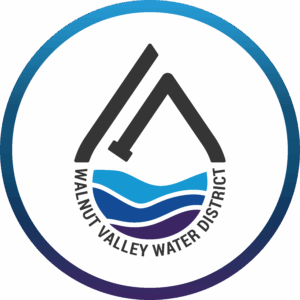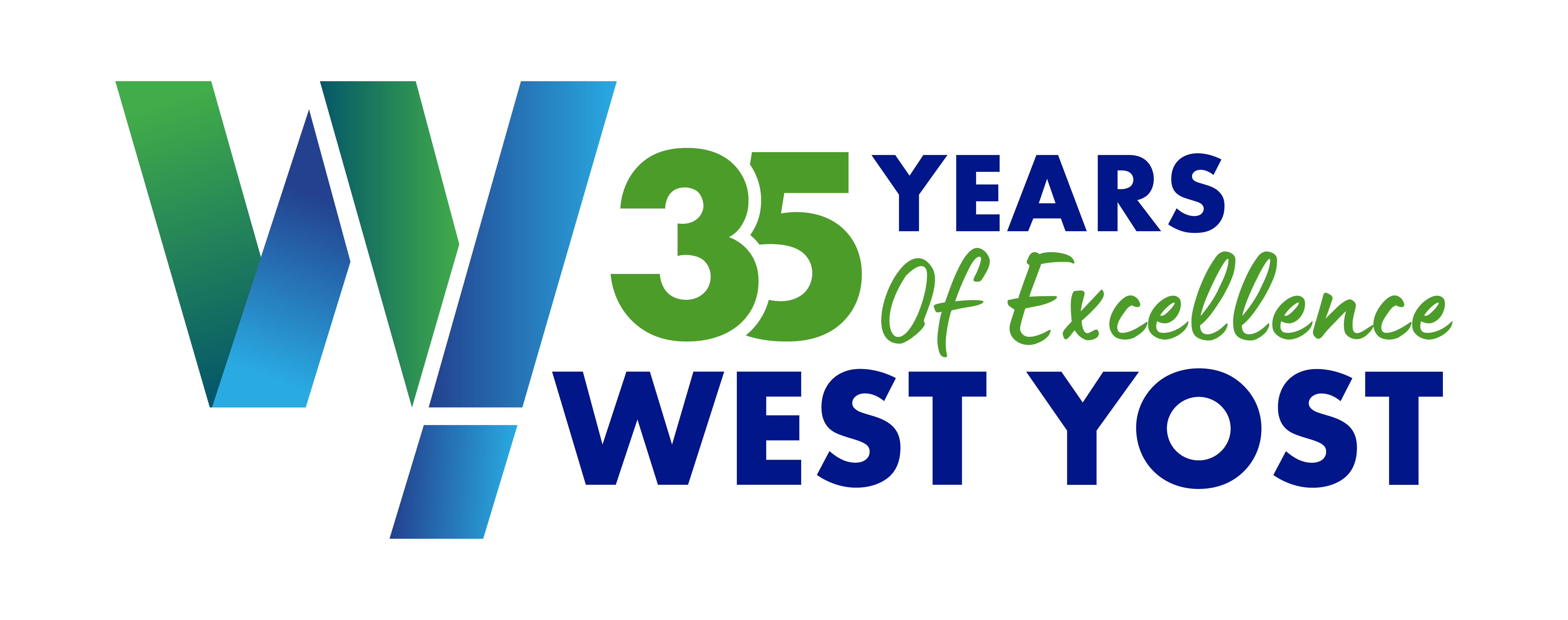Water Conservation in Southern California: Resilience through Collaboration

By Michael Gruenbaum and Veva Weamer, in conversation with Sherry Shaw, General Manager, Walnut Valley Water District, and Lily Lopez, External Affairs and Sustainability Director, Walnut Valley Water District
This article contains and answers the following:
- How Southern California achieved major water conservation gains
- Walnut Valley Water District’s role in building regional resilience
- The economics of efficiency and engaging local communities
- Key lessons for agencies to strengthen collaboration and supply security
- How is Walnut Valley Water District strengthening water reliability?
- What lessons can agencies learn from regional collaboration in Southern California?
A region transformed by conservation
Two decades ago, Southern California faced forecasts of growing populations and dwindling water supplies. Today, average per-capita water use in the region has fallen dramatically and demand projections for 2030 more reflect early-1990s population needs than the boom years that followed. Customers heard the call and responded. Turf has given way to climate-appropriate landscapes, efficient fixtures are the norm, and “shorter showers” is more than a slogan.
Success at that scale brings new complications. With less water flowing through distribution systems, utilities work harder to maintain water quality and protect aging pipelines. Reduced indoor use means smaller wastewater flows and, in turn, smaller recycled-water yields to supply parks, medians, and industry. Conservation is still essential—the State’s “Making Water Conservation a Way of Life” framework tightens urban targets through 2030—but it is no longer a stand-alone problem. Regional cooperation is emerging as the next frontier.

Walnut Valley Water District: a case study
 Walnut Valley Water District (WVWD) serves nearly one hundred thousand residents in Diamond Bar, parts of Walnut, City of Industry, City of Pomona, West Covina, and Rowland Heights. Every drop of WVWD’s drinking water is imported from the Metropolitan Water District of Southern California through Three Valleys Municipal Water District, hundreds of miles from the Colorado River and the State Water Project. For non-potable needs WVWD relies on a recycled water system supplied by the Los Angeles County Sanitation Districts’ Pomona Water Reclamation Plant effluent and local groundwater wells.
Walnut Valley Water District (WVWD) serves nearly one hundred thousand residents in Diamond Bar, parts of Walnut, City of Industry, City of Pomona, West Covina, and Rowland Heights. Every drop of WVWD’s drinking water is imported from the Metropolitan Water District of Southern California through Three Valleys Municipal Water District, hundreds of miles from the Colorado River and the State Water Project. For non-potable needs WVWD relies on a recycled water system supplied by the Los Angeles County Sanitation Districts’ Pomona Water Reclamation Plant effluent and local groundwater wells.
General Manager Sherry Shaw sums up the strategy: “Every acre-foot of recycled water we deliver outdoors is one acre-foot of imported potable supply we can save for taps and fire hydrants.” WVWD now delivers more than fifteen percent of its total demand as recycled water during a typical summer, stretching scarce imported supplies and building reliability if a pipeline or aqueduct is interrupted.
Partnerships that multiply benefits
WVWD is not alone in its quest for more resilient supplies. Together with Rowland Water District (RWD), the Districts formed the Puente Basin Water Agency (PBWA), a joint-powers authority created in 1971 to develop local resources. The partnership has already developed multiple projects that include pipelines and connections to neighboring basins and agencies for potable water deliveries. A proposed intertie that would connect the two recycled-water systems is the logical next step. By sharing surplus when one partner’s demands fall and the other’s spike, PBWA hopes to reduce costly potable supplementation and improve operational flexibility.
Beyond Puente Basin, WVWD is exploring other cooperative projects with neighbors in the Spadra Basin, Six Basins, and Main San Gabriel groundwater basins. One envisioned concept would leverage Cal Poly Pomona’s planned expansion of their reverse osmosis plant expansion on campus expansion to produce a new potable water supply. Each idea becomes more feasible—and less expensive—when multiple partners share risk, cost, and benefit.
The economics of efficiency
As conservation deepens, traditional volumetric water rates can fall short of covering fixed costs such as treatment plants, reservoirs, and pipelines. Metropolitan Water District is preparing a new fixed-charge framework to stabilize revenue and send clear cost signals independent of short-term demand swings. Retail agencies will likely follow suit. WVWD’s future rate studies will consider a similar structure that maintains affordability for essential indoor use while still encouraging efficient outdoor irrigation.
“Price alone is not enough for everyone”
One persistent challenge is the small segment of customers whose consumption remains high despite higher prices and extensive outreach. “Price alone is not enough for everyone,” notes Lily Lopez, who leads WVWD’s sustainability and external affairs department. WVWD uses customer-level analytics to identify outliers and then offers landscape audits, conversion rebates, and recognition programs that appeal to community pride as well as pocketbooks. Peer-to-peer learning and neighborhood demonstration gardens often move the dial where bills do not.
From workshops to workforce development
Technical solutions succeed only when people are engaged. WVWD convenes regular public workshops with neighboring agencies and state associations such as the Association of California Water Agencies and the California Water Efficiency Partnership, to explain new regulations, share best practices, and demystify water budgets. The WVWD’s social-media campaigns showcase local residents who have created vibrant low-water gardens, reinforcing that conservation is compatible with curb appeal.
“It used to be that agencies protected their boundaries. Now we recognize that groundwater basins and potable and recycled-water pipelines do not stop at city limits. The more we talk, the more opportunities we find.”
Internally, WVWD views collaboration as a leadership skill. Emerging managers meet counterparts at neighboring agencies through conferences and regional groups, building the relationships that turn ideas into shovel-ready projects. “It used to be that agencies protected their boundaries,” Sherry Shaw reflects. “Now we recognize that groundwater basins and potable and recycled-water pipelines do not stop at city limits. The more we talk, the more opportunities we find.”
Those opportunities extend to the next generation of water professionals. Joint projects generate internships for engineering students and on-the-job training for operators, technicians, and communicators. A thriving regional water economy supports local jobs and keeps talent in the communities these utilities serve.

Looking ahead
Southern California has made remarkable progress since the drought emergencies of the early 2000s, yet the hydrologic record reminds us that dry years will return and climate variability is increasing. Conservation remains the foundation, but resilience will depend on how effectively agencies pool resources, share infrastructure, and learn from one another.
Key takeaways from our conversation with WVWD leaders:
- Diversify within limits
Agencies that depend on a single imported source can offset risk by maximizing local recycled-water production and, where feasible, exchanging supplies with neighbors who have groundwater to spare. - Match investments to new demand realities
Lower water demands reduce revenue but not fixed costs. Rate structures that recover system costs fairly and transparently make conservation financially sustainable. - Tailor outreach
Data tools can pinpoint high-use customers and tailor assistance, rebates, or enforcement, freeing staff to focus on the greatest savings potential. - Elevate collaboration from project-by-project to culture
Successful joint ventures often begin with informal conversations at workshops and conferences. Investing in those regional networks pays dividends when emergencies strike or funding windows open. - Leverage conservation for community benefits
Efficient water use supports local ecosystems, delays costly expansions, and creates green careers. Framing conservation as a community asset broadens support beyond traditional environmental audiences.
A call to cooperative action
Water does not recognize political boundaries; neither should the solutions we craft. Whether you manage a small mutual water company, a major urban retailer, or an engineering consultancy, look for the partner across the fence who shares your challenge. An intertie, a shared reservoir mixer, or a co-funded outreach campaign can deliver outsized returns compared with going it alone.
As California moves toward even tighter efficiency targets in 2030, the lessons from WVWD and other collaborative agencies are clear. Conservation must be coupled with innovation and partnership. Together, Southern California’s water community can continue to turn scarcity into opportunity, ensuring clean, reliable water for every family, business, and park—today and for generations to come.

About the Authors
Michael Gruenbaum, West Yost
Based in Irvine, Michael Gruenbaum brings over 13 years of experience in SCADA program and project management. At West Yost, he leads the planning and implementation of complex SCADA systems, working closely with agencies to develop process control strategies, PLC programming, HMI configuration, and construction documentation. Michael’s background in electrical and electronic technology, along with multiple technical certifications, supports his hands-on approach through all phases of project delivery—from design to construction oversight. He has been with West Yost since 2019.

Veva Weamer, West Yost
Veva Weamer is a Principal Scientist with 17 years of experience in environmental and geological sciences. She specializes in regulatory compliance, groundwater management, groundwater and surface water monitoring, GIS, and water quality data analysis. Based in Irvine, she supports Southern California water agencies in managing complex regulatory programs and sustainability efforts. Veva holds an MS in Environmental Studies and a BS in Geological Sciences from Cal State Fullerton, where her award-winning graduate research focused on groundwater characterization in the Mojave Desert. She joined West Yost in 2020.

Sherry Shaw
General Manager, Walnut Valley Water District
Sherry Shaw has served as General Manager of Walnut Valley Water District since March 2024, after more than two decades of service in the District’s Engineering department. A licensed Professional Engineer with certifications in both treatment and distribution operations, Sherry holds a BS in Civil Engineering from Cal Poly Pomona. Her leadership is rooted in thoughtful planning and collaborative partnerships that ensure a reliable water supply for the communities WVWD serves. Outside of work, she enjoys family time, dancing, and teaching Jazzercise classes for fun and wellness.

Lily Lopez
External Affairs & Sustainability Director, Walnut Valley Water District
Lily Lopez is a dynamic communicator and award-winning water professional committed to connecting communities with water. As External Affairs and Sustainability Director at Walnut Valley Water District, she leads outreach, education, and strategic communication efforts that support conservation and community engagement. A proud UC Santa Barbara alumna and advocate for diversity in the water sector, Lily brings creativity, authenticity, and purpose to every project she touches. Her work uplifts the next generation of leaders while strengthening public trust in water agencies.
